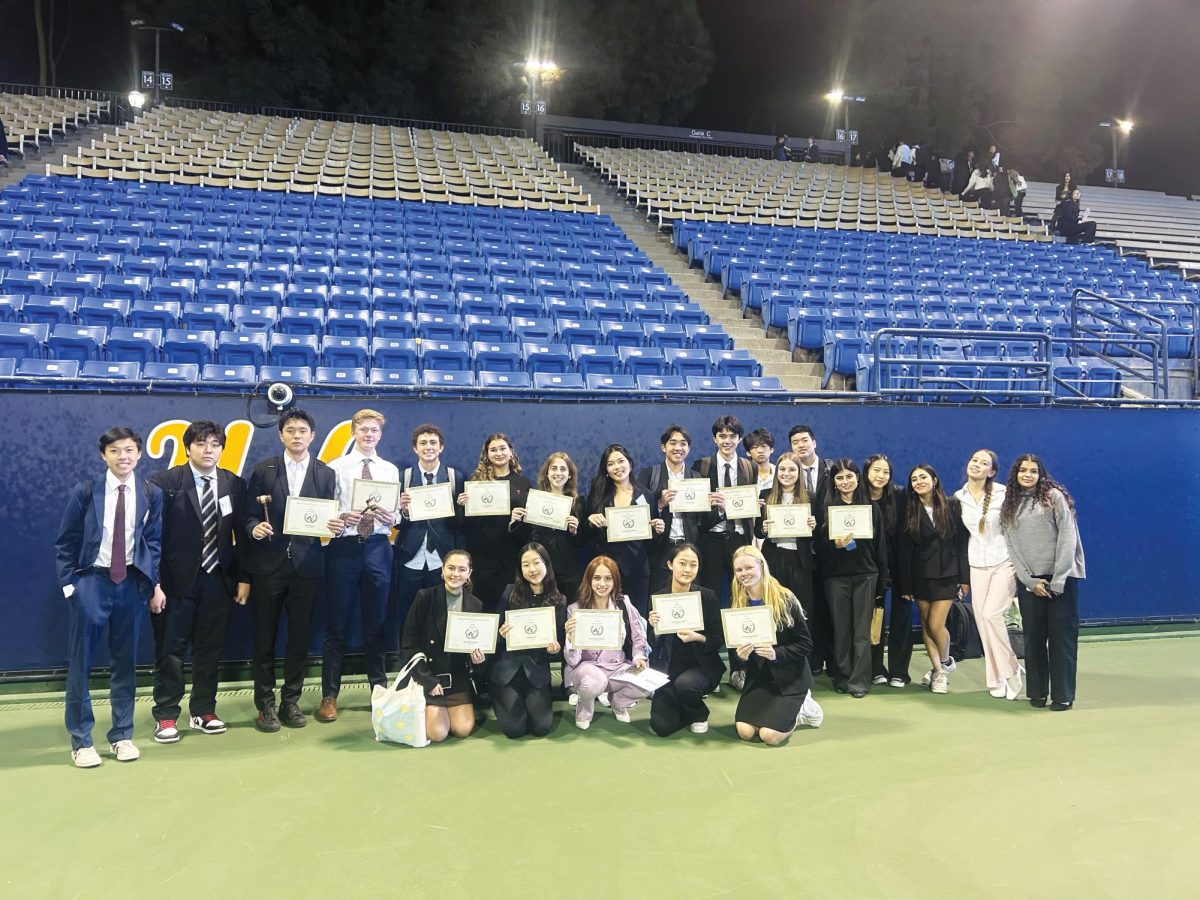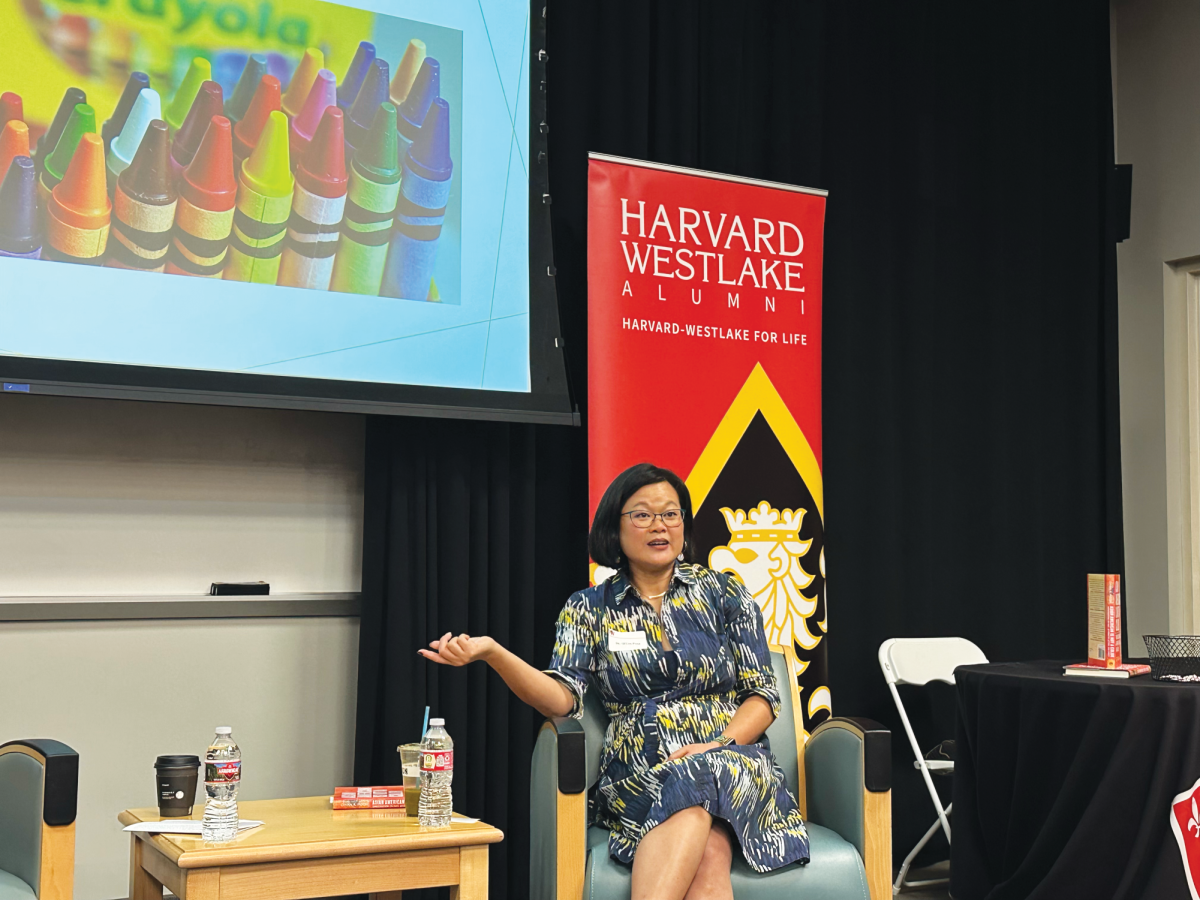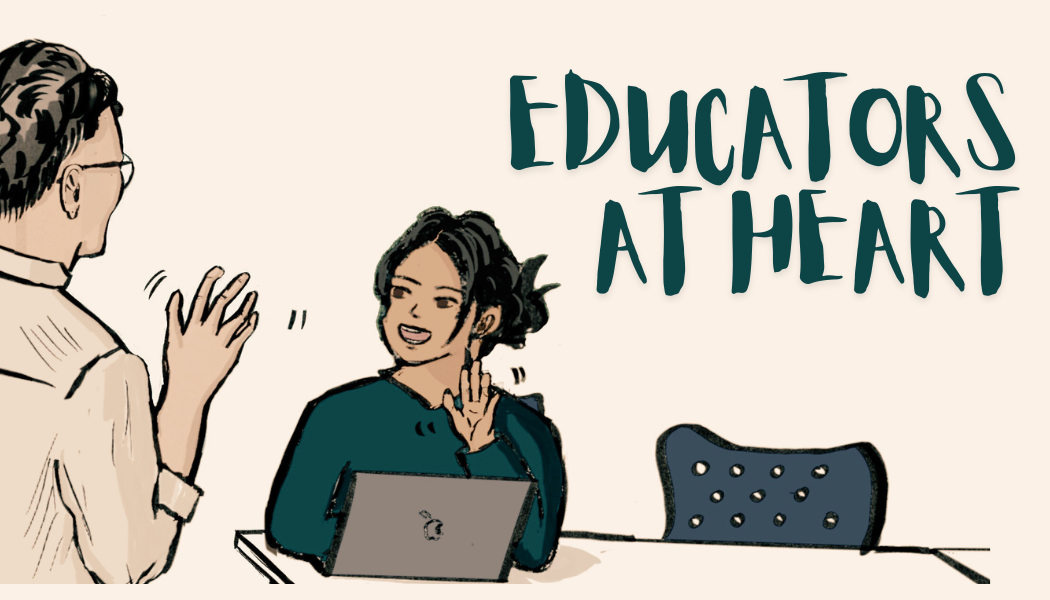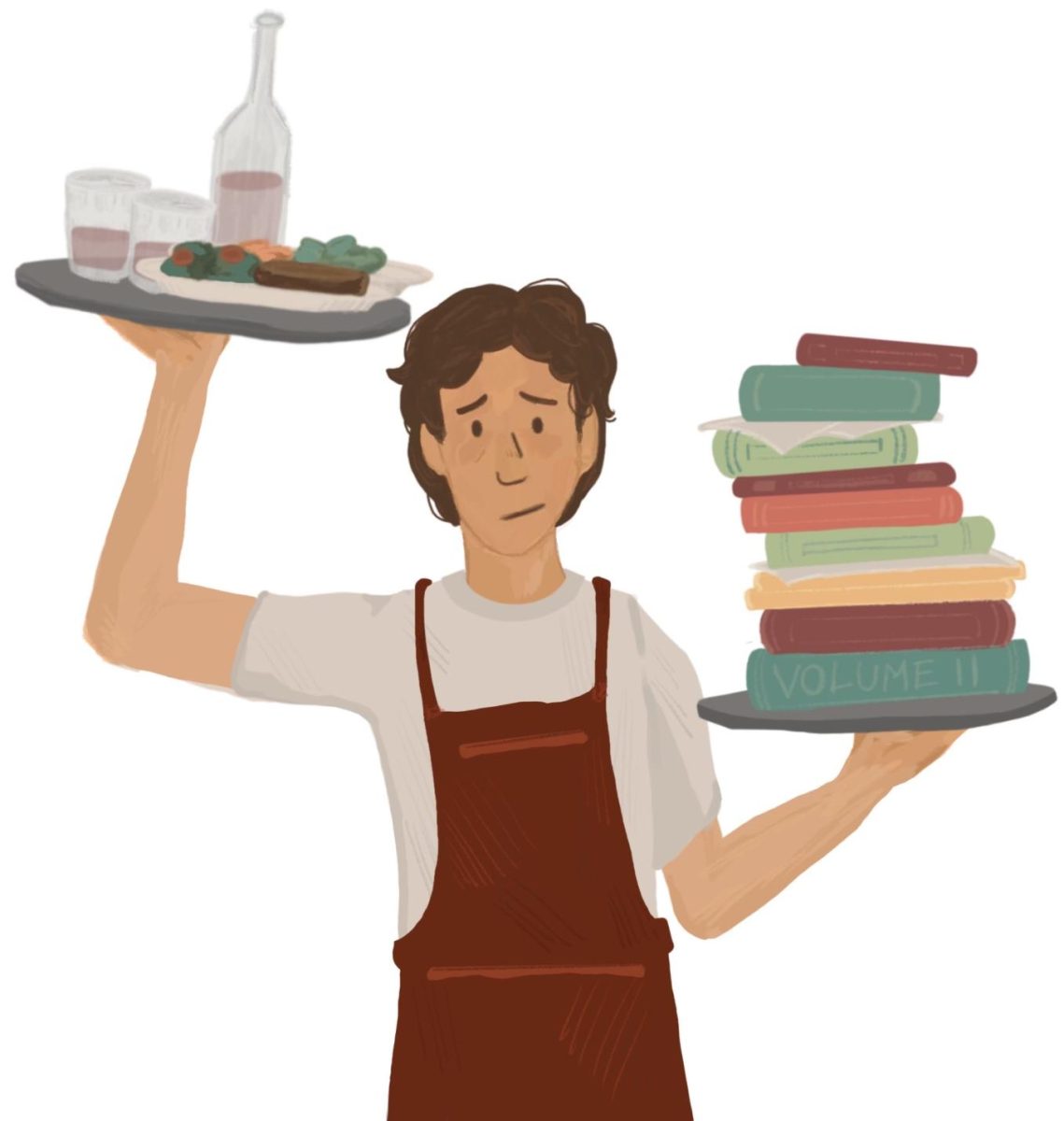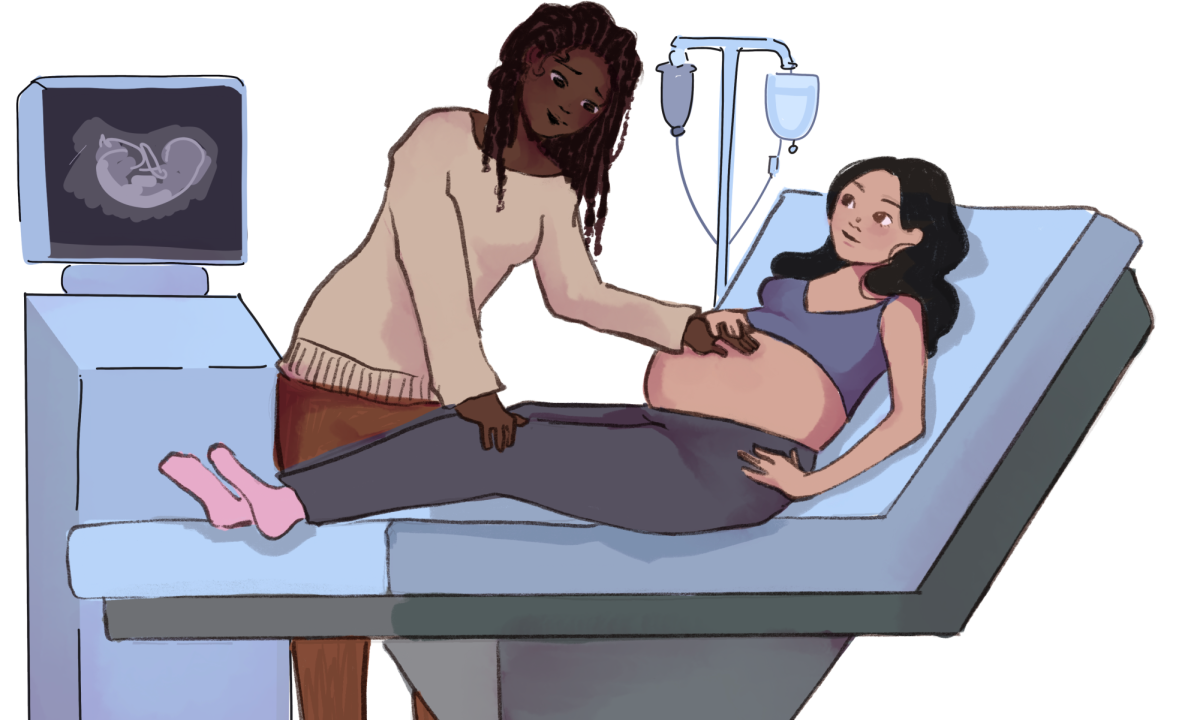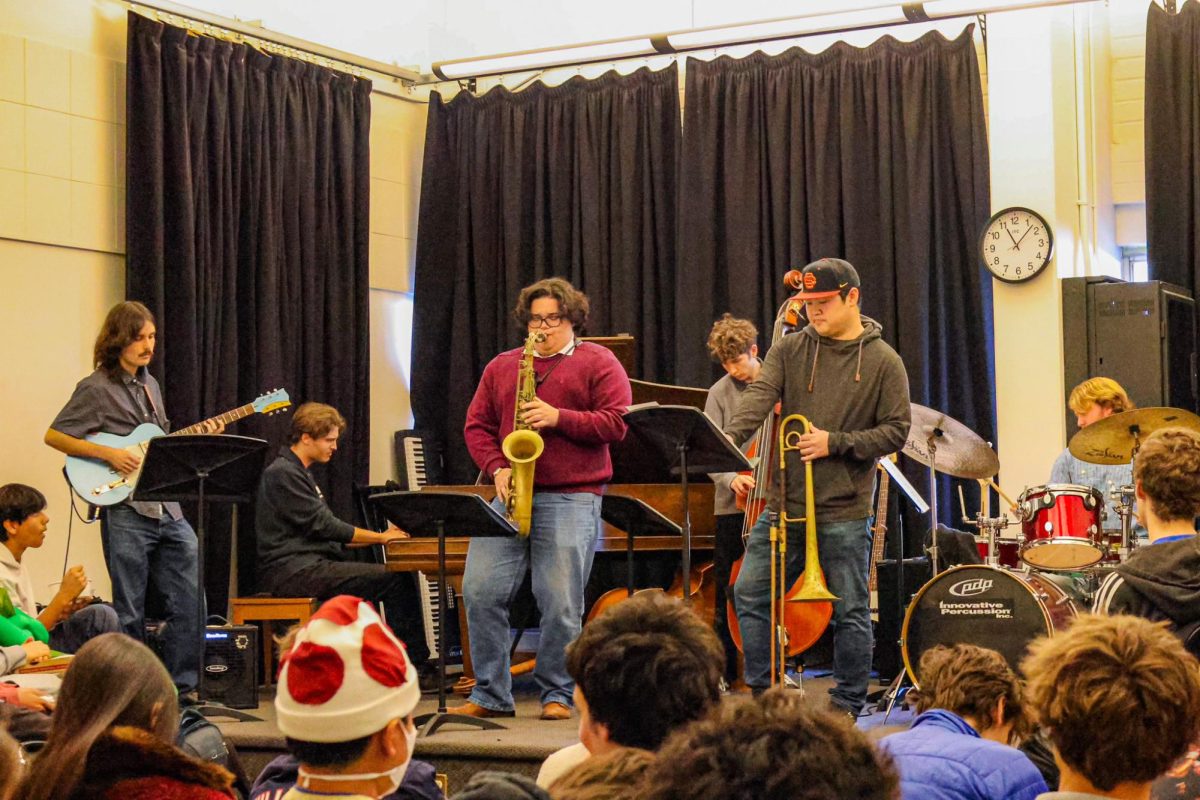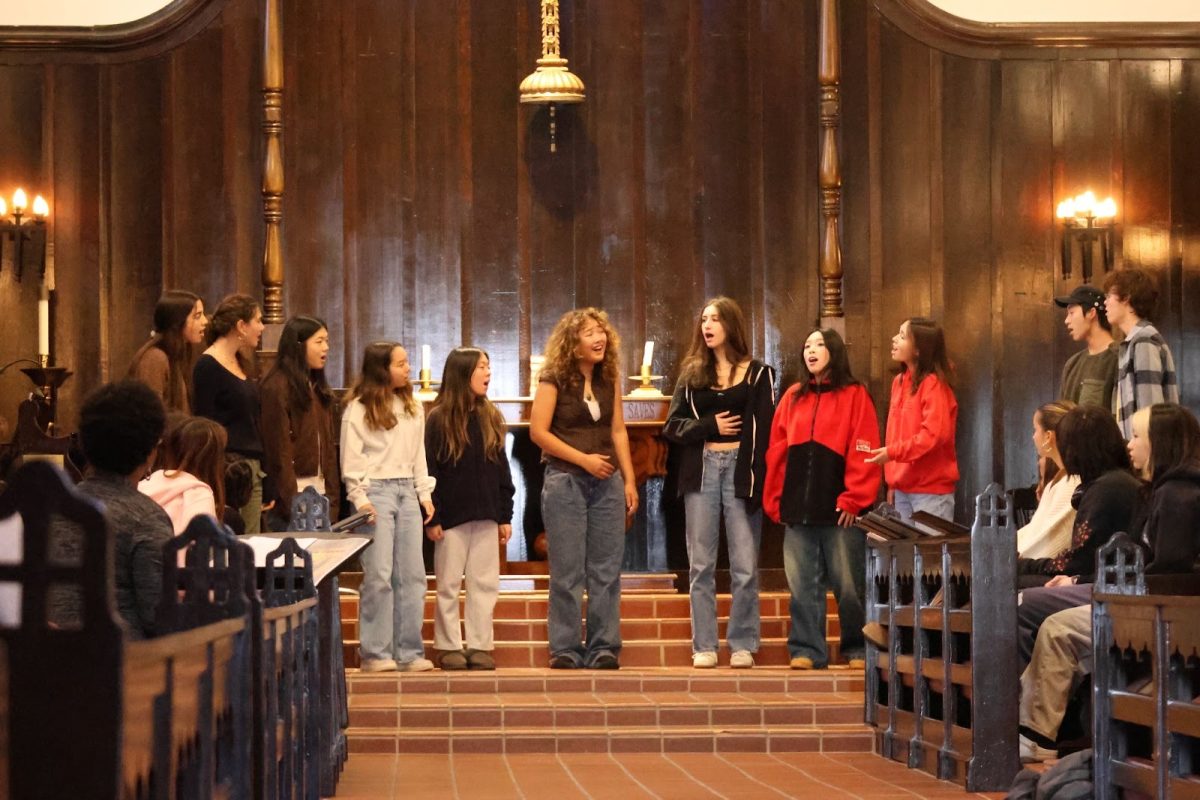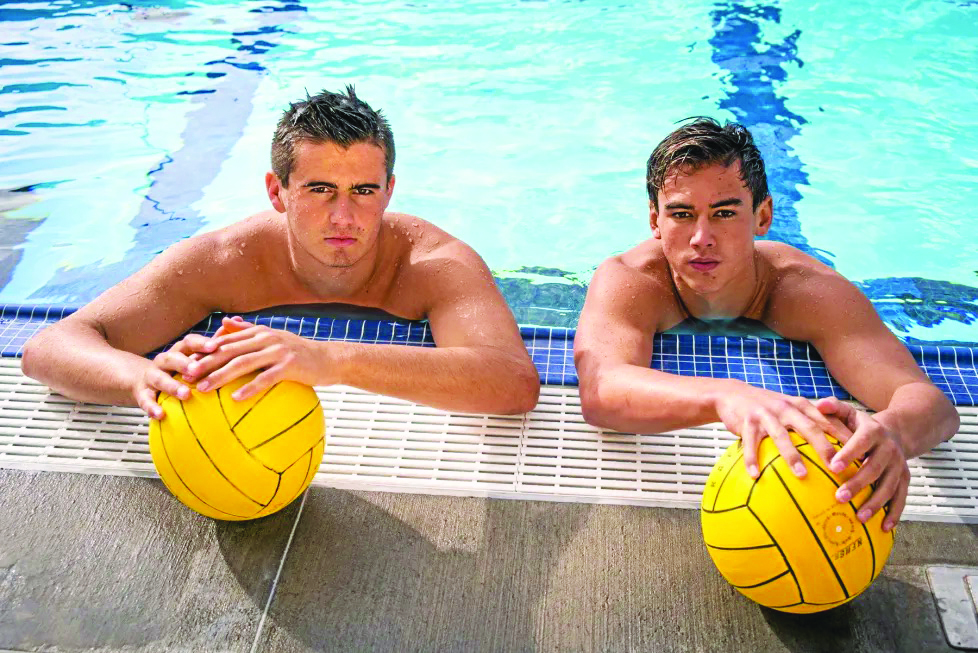By Ali Pechman
A room no bigger than a large science classroom is where âmini Harvard-Westlakeâ operates, as the owner of a tutoring center in a Valley business complex calls it. The room is separated by makeshift Plexiglass walls into a small waiting area and two one-on-one tutoring areas. In the back, 10 desks are set up in front of a whiteboard.
Currently, roughly 16 percent of the students enrolled in AP Physics B pack into this cramped classroom for two hours weekly at $100 a session. Two groups, one on Sundays and one on Mondays, of about 10 students and 5 respectively, meet with Jared*, a physics teacher at a local private school.Â
During the week before the midterm, Jared offered a 14-hour review package. All his students turned up over the course of the week.
Over the past two years, about 45 AP Physics B students have taken this seemingly supplemental class; however, many of these tutored students begin to consider their school physics class to be more of the supplement.
âPeople who are tutored arenât forced to pay as much attention,â Kristin Cole â08, one of Jaredâs students, said. âI started off with a 67 percent on the first quiz and now Iâm getting 95 percent on them with a tutor,â Cole said.
Alex Wittenberg â08 has noticed a similar trend in his class, in which three students go to Jared.
âThey donât really have to [pay attention in class],â Wittenberg said. âAs good as the teachers are, the kids I know who go [to Jared] learn everything beforehand. It actually helps me because when they explain it to me, they know great ways for me to learn it.â
Valerie* â08, however, did not benefit in the same way.Â
âAt first I thought it was just me who didnât get it,â she said. âThatâs why I started using a peer tutor because no one asked questions in class.â
Valerie found out that eight out of the 18 students in her class use Jared, while the other 10 she does not know about.Â
Kurt Kanazawa â07, one of Jaredâs pupils last year, experienced a similar situation regarding the use of tutoring in his class during junior year.
âIt was kind of unspoken at first,â he said. âThen we asked each other during class who was tutored and half of us raised our hands.â
Out of the juniors, four had tutors along with six seniors in a 20-person class. Kanazawa noted that many students were upset that second semester was not weighted more, since many did not know they âhad to get a tutorâ early on.
âIt was kind of upsetting that in order to do well you had to spend so much money,â he said.Â
Daniel Yoo â07 also went to Jaredâs class once a week.
â[The class] started at, Iâd say, 10 kids then easily went to 20 by third quarter,â Yoo said. âBy the end of the year, it was like a huge lecture hall.â
However, many physics teachers are unaware that a large percentage of students in the course use tutors for a class the College Board has for two years in a row called the best in the nation among high schools with an enrollment of more than 800 students.
âIn the past we have asked on our end of year course evaluation a question about tutoring,â Upper School Dean and physics teacher Jim Patterson said. Â âI have always been under the impression that only a small amount of students are being tutored.â
At least 25 of the 95 students in AP Physics B have used tutoring services this year, according to Jared, Scholars in Progress, Peer Tutoring and a local prep school physics teacher who tutors students. Last year, the paid tutors report the count was about 40.
It is the opinion of some physics teachers tutoring is unnecessary.
âI encourage students to see me or another physics teacher outside of class if they have questions,â physics teacher Karen Hutchison said.
Physics teacher Dr. Deborah Dowling believes tutoring can be harmful to individual students.
âA tutor can be an easy way out, so that the student doesnât have to develop those new learning skills in order to get good grades,â Dowling said. âYou could say that tutors give students fish, and without a tutor the student has to learn to fish.â
That is not the case, Jared said.
âThis is not helping kids to do homework. I teach the concept and they learn it differently,â Jared said. âEvery studentâs problem is they donât understand the teacher. I start with concepts and then the problems get harder and harder. I call it the âmaster keyâ method. So then they have the basics.â
The three paid tutoring services noted the primary problem students face with the course is the pace.
âIn class, we didnât do many problems, it was just lectures and expecting us to figure it out,â Kanazawa said.
âIn AP Physics B we go from zero to the end of first-year university physics, and we do it in eight months,â Dowling said. âThatâs going to be tough however you look at it.â
Cordell Haynes, coordinator of the tutoring service Scholars in Progress, believes that the unfamiliarity of the material is what pushes many students to seek extra help.
âStudents havenât experienced something that abstract before,â Haynes said. âTypically [we tutor] a student who has never had tutoring before.â
Haynes did not say that success depends on having a tutor, but more on the studentâs schedule.Â
âThe time one devotes to AP Physics B is, I think, about equivalent to two AP history courses,â Haynes said. âPlus, the typical AP Physics B student is taking more APs than just that one.â
Despite the popularity of tutoring, some students find they are able to tackle the material on their own.
âI learn best by just figuring it out on my own,â Lizzie Barcay â07 said. âEveryone has a different way of processing information. Itâs not like kids who are being tutored are working any less hard.â
Dowling believes students who sign up for the course should be able to learn the material on their own in order to challenge themselves.
âMany students find AP Physics B the hardest course theyâve ever done, and I think thatâs great,â Dowling said. âWouldnât it be boring if you could only enroll in easy courses?â
*name withheld on request

